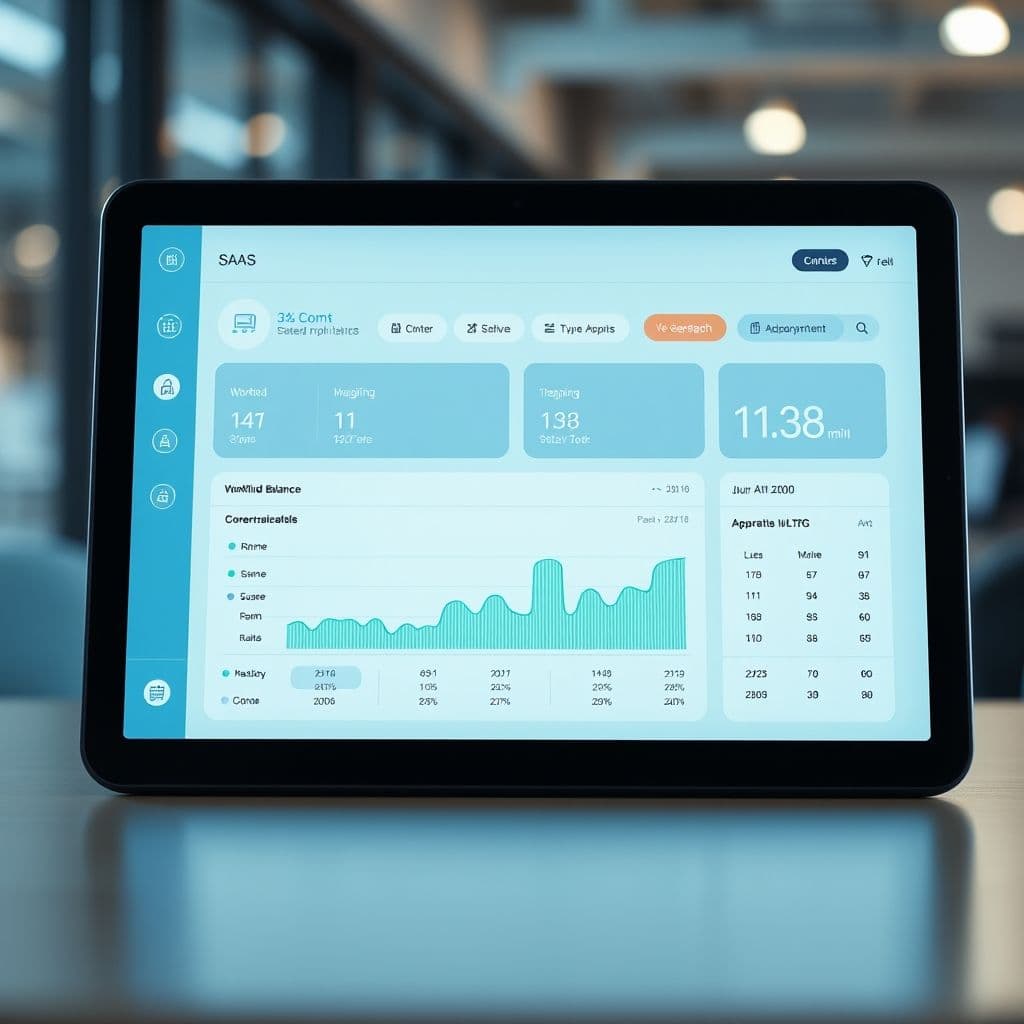Burnout Crisis: How a SaaS Solution Could Revolutionize Work-Life Balance

Burnout is more than just feeling tired—it's a chronic state of emotional, physical, and mental exhaustion caused by prolonged stress. As seen in countless TikTok comments and videos, people are struggling to find balance, often pushing themselves to dangerous limits. But what if there was a SaaS solution designed to help? Let's explore how a hypothetical platform could address this growing crisis.
The Burnout Epidemic: Causes and Consequences
Burnout often stems from unchecked drive, societal pressure, and the misconception that self-worth is tied to productivity. Many users report working 50-60 hour weeks, some until hospitalization. Others mention employers who don’t allow recovery time, or personal circumstances like single parenthood that make slowing down impossible. The consequences are severe: chronic illness, disability, and a loss of joy in life.

A SaaS Solution: Personalized Work-Life Balance Tools
Imagine a platform that combines smart scheduling with burnout tracking. This hypothetical SaaS could analyze work patterns, flagging when users are at risk of burnout. It might integrate with calendars to enforce breaks, suggest mental health resources, or even nudge employers when employees need support. Key features could include automated reminders for downtime, personalized recovery plans, and anonymized workload reporting to management.
The platform could also offer modules for specific challenges, like ADHD or compulsive work habits, adapting to individual needs. By providing data-driven insights, it could help users and employers alike recognize unsustainable patterns before they lead to crisis.

Potential Use Cases
For freelancers, the tool could prevent overcommitment by tracking project hours against personal limits. Corporate teams might use it to redistribute workloads fairly. Individuals with ADHD could benefit from tailored focus/recovery cycles, while parents might use it to carve out essential family time. Employers could gain insights into team stress levels without invading privacy, fostering a healthier workplace culture.
Conclusion
Burnout isn’t just an individual problem—it’s a systemic one. While this SaaS idea is purely conceptual, it highlights how technology could bridge the gap between productivity and well-being. By addressing both personal habits and organizational patterns, such a tool could redefine success in the modern workplace.
Frequently Asked Questions
- How would this SaaS tool differ from existing productivity apps?
- Unlike generic productivity apps, this concept focuses specifically on preventing burnout by combining workload tracking with mental health support and employer-facing insights, creating a holistic approach to sustainable work habits.
- Would employers actually use a tool that suggests their employees work less?
- Smart employers recognize that burned-out employees are less productive long-term. By framing the data in terms of sustainable performance and retention rates, the tool could appeal to forward-thinking companies.
- Could this tool help people with ADHD or OCD who struggle with work addiction?
- Absolutely. Customizable modules could address specific neurodivergent challenges, like hyperfocus cycles or compulsive overworking, with tailored reminders and coping strategies.


